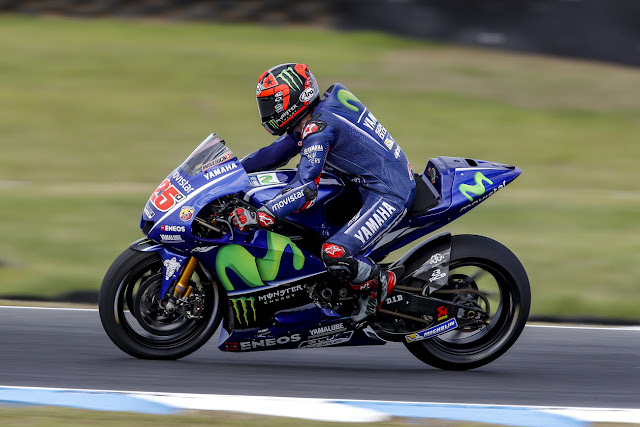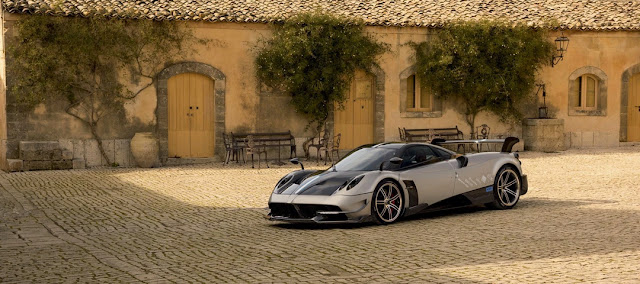The
Pagani Huayra (
Italian pronunciation: [ˈwai̯ra]) is an Italian
mid-engined sports car produced by
Pagani. Succeeding the company's previous offering, the
Zonda, it had a base price of €850,000. It is named after
Huayra-tata, a
Quechua wind god.The Huayra was named "The Hypercar of the Year 2012" by
Top Gear magazine and received a very positive review when tested by
Richard Hammond on
Top Gear.
The Huayra was previously the fastest road car to go around the
Top Gear Test Track, setting a time of 1:13.8, beating the previous record of 1:15.1 set by the
Ariel Atom V8 in January 2011, but was beaten by the
McLaren 675LT in June 2016 that set a record of 1:13.7.
On February 11, 2015 it was reported that the Pagani Huayra has been
sold out. The Huayra was limited to just 100 units as part of Pagani's
agreement with engine supplier Mercedes-AMG.
Performance
The Huayra uses a
twin-turbo,
V12 engine developed by
Mercedes-AMG
specially for the Huayra. The Huayra's 6.0-litre engine, the M158,
produces 730 PS (720 hp, 539 kW) and 811 lb·ft (1,100 N·m) of
torque. Its top speed is about 238 mph (383 km/h) and it has a 0-60 acceleration time of 2.8 seconds. Using
Pirelli tires, the Pagani Huayra is capable of withstanding 1.66 g of lateral acceleration at speeds of up to 230 mph (370 km/h).
The Pagani Huayra uses a seven-speed
sequential gearbox and a single disc clutch.
The choice not to use a dual-clutch in an oil bath was due to the
increase in weight of over 70 kg (154 lb), thus negating any advantage
of the faster gear changes in a double-clutch transmission.As a result, the entire transmission weighs 96 kg (212 lb).
The car is equipped with
Brembo brake calipers, rotors and pads. The calipers have four pistons in front and four in the rear. The rotors are drilled
carbon ceramic, 380 mm (15.0 in) in diameter and 34 mm (1.3 in) thick.
Engine
Mercedes-Benz's AMG division provides the engine of the Huayra which is hand-built. The 5,980 cc,
twin-turbo, 60°
AMG M158
V12, has been designed at the request of Pagani to reduce turbo lag and
improve response, realized with smaller turbos, a different
intercooler configuration and re-programmed ECU settings.
Like many high-performance cars, the Huayra uses
dry sump lubrication.
This has several key benefits including guaranteeing oil flow even when
the car is subjected to extreme lateral acceleration, preventing "oil
surge" which allows the engine to operate more efficiently while the
lack of an
oil pan allows mounting the engine lower, lowering the car's
center of gravity
and improving handling. The fuel consumption of the Huayra is 10 mpg
(23 l/100 km) in city and 14 mpg (17 l/100 km) in highway (EPA testing).
A water / oil
heat exchanger reduces engine warm-up times on cold days and helps maintain a stable temperature for refrigerants and lubricants.
To minimize the use of pipes and fittings (and the overall weight of
the vehicle), the expansion tank is mounted directly on the engine.
Intercooler fins act as an expansion tank circuit at low temperatures.
Interior
Sources:
https://en.wikipedia.org/wiki/Pagani_Huayra and http://www.pagani.com/it/huayra/





















































